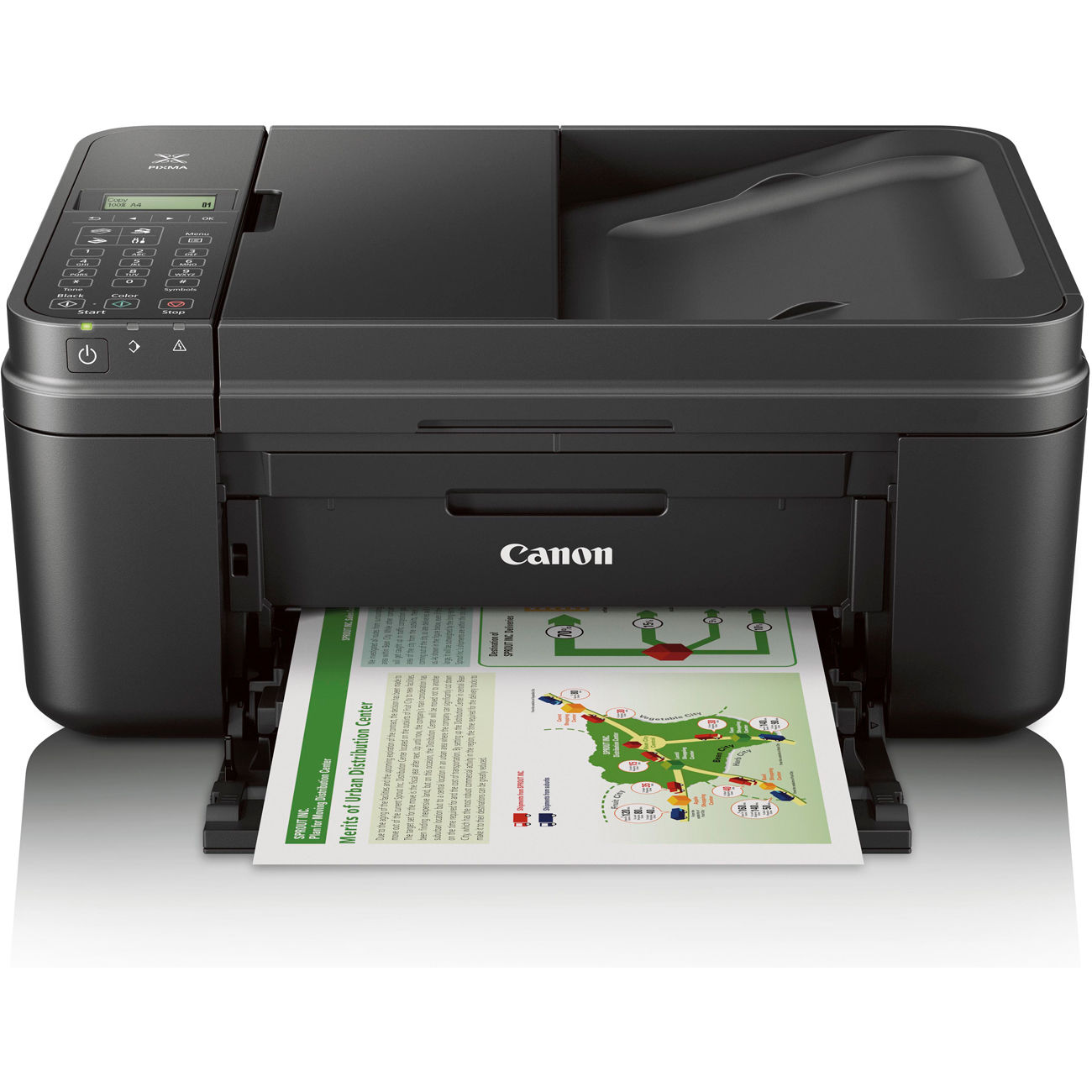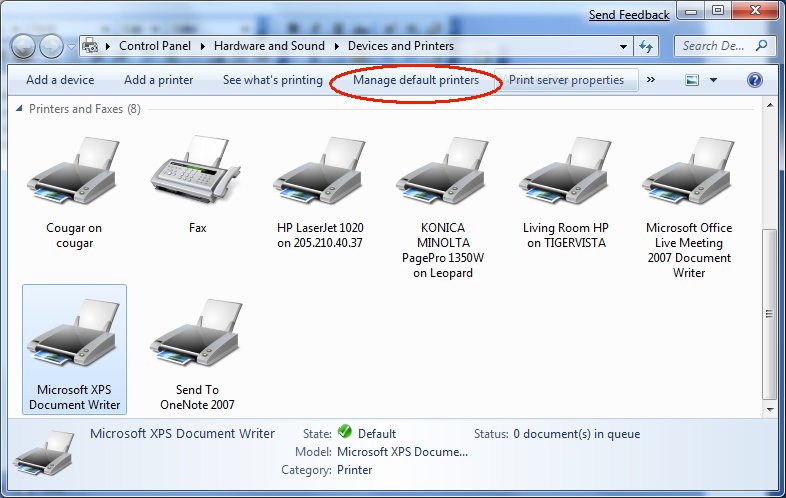

When the Use Adobe PDF option is set to Yes, Host As long as the Use Adobe PDF option is set to No, Host On-DemandĪppends numbers to the file name, starting at prt.file.000, prt.file.001,


#Printersetup how to
On how to set up a printer on Mac OS X for host printing, refer to Mac OS X host print support. On Mac OS X, the default is: | lpr -r $< where -r deletes the file after printing. YouĬan then view or print the file using the appropriate viewer on the client. If the file path and name do not exist on the client, they areĪutomatically created and the files will be printed to that destination. The file to that destination and overwrites any files that alreadyĮxist there. If the file path and name already exist on the client, Host On-Demand prints When the print destination is a file, type the path and name of the file. (see Configuring a browser to display a local file ). To launch an instance of the browser to display a local file You must configure the security settings of the browser Note that thumbnail images of Adobe PDF files generated by Host On-Demand do not always appear. (or equivalent) installed in your browser environment. You want to view Adobe PDF files, you need to have Adobe Acrobat Reader plug-in You can then view or print the file from your browser. Select Yes to view files in a browser after This option is not available and each print job is saved to a unique file. When the Use Adobe PDF option is set to Yes, To save each print job to a unique file or to have jobs appended to each other Separate Files When the print destination is a file, you can choose whether you want Use Adobe PDF (3270) Select Yes to generate an Adobe PDF file. The options that are used for printing to a file instead of a printer. Spooler API is used for printing with a PDT, and you are required to specify the Interface (GDI) is used, and you can specify a printer font
#Printersetup windows
If you select No, the Windows graphical device Where you can specify various settings for The default value is Windows Default Printer. Name is available on the client machines. You can type any printer name in this field. On Administration clients, (for example, HODAdmin.html), On Emulator clients (forĮxample, HOD.html), this field is read-only. The default is Use Default.ĭisplays the currently-selected Windows printer name. Select Use Default to use the default Windows printer. This group box lists the options that are available only On non-Windows platforms, theĭefault is Printer. On Windows platforms, the default is Windows Printer. Sessions, printing to another type of printer requires a printer name and a Printing to another type of printer requires a printer name. Type of printer (for example, LPT1), or to a file. Select to print to a local Windows printer (Windows platforms only), to another See Switching print modes in display emulation sessions). To switch between Java print mode and non-Java print mode, Screen Print Collection, if you select non-Java print mode. Screen Print, if you select non-Java print mode. Non-Java print mode is available for the following print operations: Non-Java print mode and Java print mode). The print options on the Print Options windowĪffect non-Java print mode only, not Java print mode You are using either a Java 1 or a Java 2-enabled browser You are configuring a 5250 Printer session, You are configuring a 3270 Printer session,Īnd you click Printer in the tree selection pane (left pane). The Printer window appears the following contexts: Printer Setup (3270 Printer session, 5250 Printer session, 3270 Display session) Printer Setup (3270 Printer session, 5250 Printer session, 3270 Display session)


 0 kommentar(er)
0 kommentar(er)
